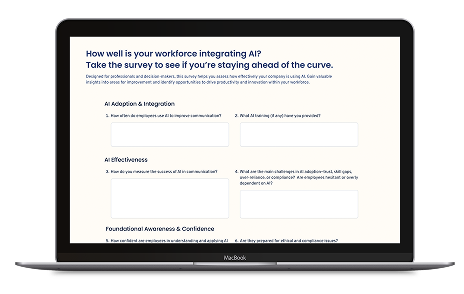WD Communications
Executive presence training and coaching is fast becoming one of the most popular requests from our Learning and Development clients. Does this mean volumes of executives are entering their roles lacking the emotional intelligence and presentation savvy for the next level of leadership? Not exactly. What is interesting though, is that recently workshops are filling up with directors, mid-level managers, and in some cases new hires, and even interns who are interested in showing up for workplace interactions more polished, focused, and prepared to influence.
If you are ready to move your career, chances are you are interested in honing your executive presence – regardless of the level you are at right now. Showing up with confidence, conveying credibility, putting audiences at ease, and always maintaining composure are all traits that get employees promoted. In fact, according to the Center for Talent Innovation, executive presence accounts for 26% of what gets you to the next level.
In a recent Executive Presence workshop that we tailored for field leadership, one director stated that, “the sooner reps can take this course in their career, the better.” Thinking back to the last twenty years of his career, this same director felt that his own interactions and meetings “could have been more productive” had he developed these skills earlier. He’s now pushing ‘executive presence’ to be included in the content for his early leaders and even individual contributors who show interest and promise.
Learning and Development leaders tell us how their leadership is seeing the difference in the employees who are taking executive presence training. Their meetings are more productive and focused. They build collaborative teams. Their presentation skills are reaching executive level caliber. They are getting noticed.
Assess your readiness to improve your executive presence with these 3 questions.
Now, what can you expect as you take your presence to the next level? Be prepared to stretch outside your comfort zone, to be challenged, to be strategic in your communications and to be open to new ideas. Executive presence is not static, but rather a more agile and fluid approach to communicating and influencing. The agility allows for adapting to different audiences and communication styles. And fluidity in communicating shows preparedness, focus, and connection to different audiences.
Dialing up more executive presence means you are developing skills to enhance the following:
You can take the first steps to developing your executive presence by watching this video on building executive presence.
Take the survey to see if you’re staying ahead of the curve.
Take the Survey